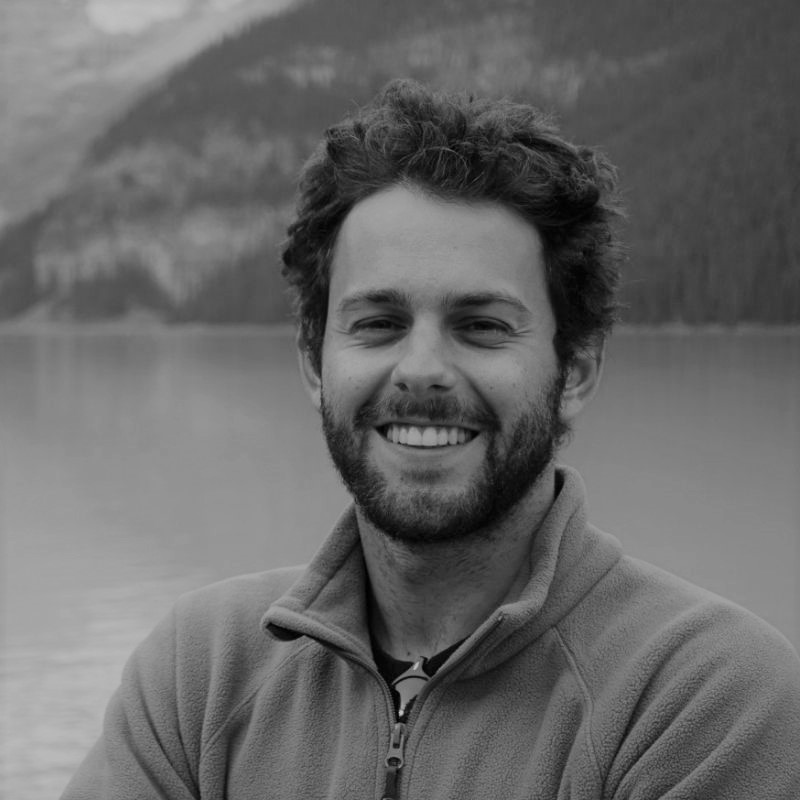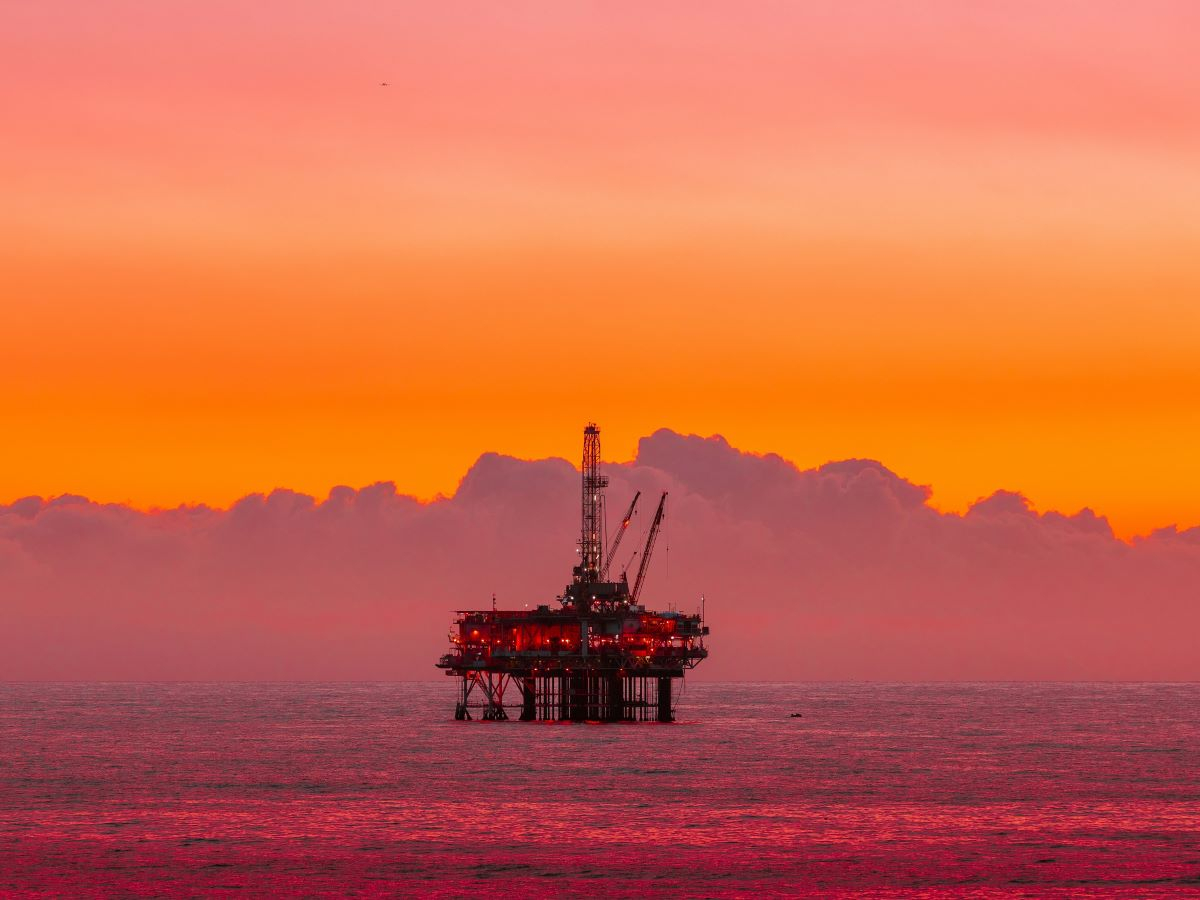This article is also available in Italian / Qusto articolo è disponibile anche in italiano
From Baku - Marciano Dasai is the environment minister of Suriname, a small Caribbean country considered among the most vulnerable on the planet. At COP29, he represents more than 600,000 Surinamese who deal with catastrophic climate phenomena every year: floods, droughts, hurricanes, groundwater salinisation. As if this was not enough, the rising sea level caused by anthropogenic global warming threatens the coastal areas where around 87% of the population lives.
In Baku, Suriname is gambling a piece of its future. To explain this, Dasai shows to Renewable Matter a video shot a few days ago in the city of Brokopondo, home to the Maroons tribe, descendants of African slaves who fled the colonial plantations of the Americas. “This is a river that the natives usually cross by boat to get around, but there is no more water. The drought took it away”, Dasai says with deep concern.
Adapting to a problem - for which Suriname is not even responsible - takes money. Money that rich countries - more responsible for the climate crisis - are struggling to put on the plate, both through the Adaptation Fund and in the New Collective Quantified Goal (NCQG) for financial mobilisation. In particular, the latter suffers from a seemingly unbridgeable negotiating gap: while developing countries demand USD 1.3 trillion a year, the Global North would like to spread the figure (not yet specified but in the trillions) over 10 years.
Oil exports for adaptation
Despite being a small oil producer for over forty years, Suriname absorbs more carbon dioxide than it emits (carbon negative) thanks to the rainforest that covers 90% of its territory. ”We are using the meagre resources in the national budget for adaptation because until the UN carbon credit system becomes operational, we cannot get anything from the forests,’ Minister Dasai explains. “We need more money to adapt to events like the drought I showed you.”
In President Chandrikapersad Santokhi's development plan, forests are a valuable economic asset that should not be deforested here and there to make room for unprofitable agribusiness. Instead, as stated during the first week of COP29, Santokhi will aim at extracting and exporting oil off the coast of the capital Paramaribo “sustainably and responsibly”. A “green development strategy” that will allow to conserve forests, develop the country's infrastructure, raise funds for adaptation and repair the damage caused by the climate crisis.
Starting from 2028, the USD 10 billion GranMorgu project plans to produce 220,000 barrels of oil per day, basing on a potential reserve of 750 million barrels. The Block 58 offshore well - located in an “ecologically or biologically significant” marine area according to the Convention on Biological Diversity - will bring USD 1 billion per year to the government's coffers in addition to creating 6,000 jobs.
The agreement finalised on 1 October shows that the French oil company TotalEnergies and APA Corporation, an American company engaged in hydrocarbon exploration, each hold 50% of the project. However, the Surinamese national oil company Staatsolie intends to exercise its option to participate with a 20% stake.
According to Minister Dasai it was a good deal, certainly better than the one concluded by the neighbouring Guyanese. “The goal is to export carbon-neutral oil. Our forests will compensate for our emissions,” he explains.
Guyana out of poverty with oil?
Indeed, the neighbouring Guyana is in a similar situation: a poor country with high climate vulnerability, a vast rainforest and large oil reserves. Since 2019, the Texan oil giant ExxonMobil has been active in the country, extracting from a reserve nicknamed liza, worth USD 1 trillion at current prices per barrel.
The oilfield has transformed Guyana from one of the poorest countries in South America into a petrostate that will drill for more crude oil per capita than Saudi Arabia and Kuwait by 2027. Additionally, it is on track to overtake Venezuela as Latin America's second largest oil producer, after Brazil.
“Despite accruing USD 200 million in carbon credits with Norway, Guyana has always been a poor country” tells Mark Bynoe, economist at the Caribbean Community Climate Change Centre, to Renewable Matter. “Now that it has oil, it became the fastest growing economy in the world: GDP increased by 60% in the last year.’
ExxonMobil holds rights to 11 billion barrels of recoverable oil, 45% of the entire oilfield. Guyanese crude oil is one of the most profitable outside OPEC since its production costs less than USD 35 per barrel. The Chinese CNOOC and the American Hess are the other partners in the consortium that announced on 13 November that it had reached 500 million barrels. But what is left for the Caribbean country? The Surinamese would say peanuts.
However, Bynoe disagrees: “Oil is a new thing for us, we may not have signed the best contract but the situation is evolving and for now the government gets 14.5% of the interest.” Big investors like ExxonMobil take all the risks of exploration. If they drill and find nothing, they go away empty-handed. “As extraction costs start to fall, our percentage of profit will increase,” Bynoe adds. “Guyana could theoretically get up to 52% of the profits.” For the next contracts, the Guyanese government will demand 10% of the royalties and roughly 35% of the profits.
Guyana's “fossilised” adaptation
About 90% of Guyana's population lives in areas threatened by violent flooding and rising sea levels. The plan to expand and regenerate the mangrove barrier that already protects part of the coastline will also be financed by the European Union. But for the Caribbean country adaptation also means improving water security, access to fresh water for every citizen, infrastructure for wastewater treatment, dams and walls against coastal erosion. According to Bynoe, development and adaptation run on the same tracks, and oil revenues play a very important role in building a country resilient to the ravages of the climate crisis.
Therefore, Guyanese climate finance will not only rely on the carbon credit market to keep gold diggers and agribusiness out of the forests but will also focus on fossil fuel production. It may sound paradoxical to Western ears, but for some developing countries it is the only way to survive.
Image: Arvind Vallabh, Unsplash



